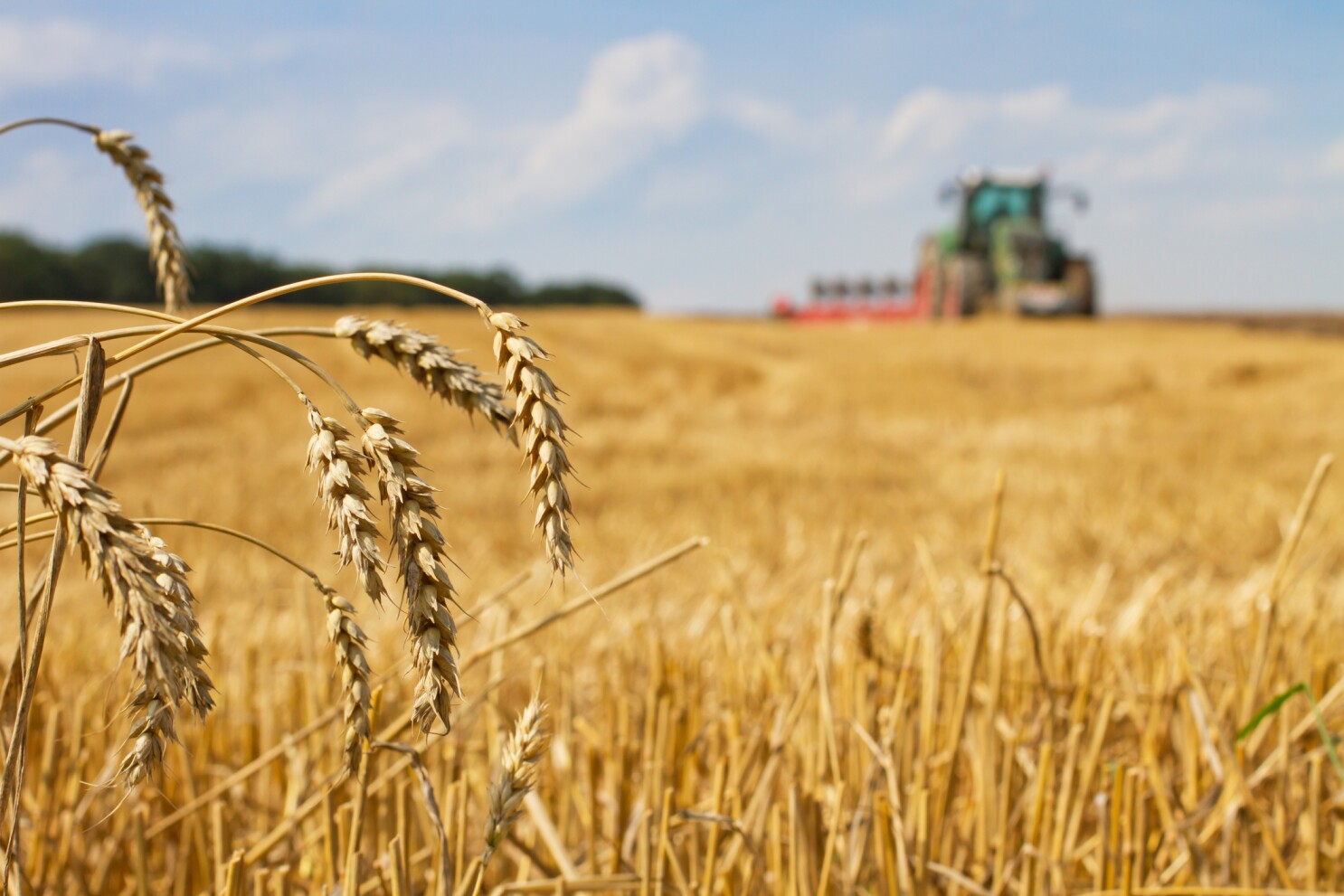The wheat harvest is a critical period for farmers, where maximizing efficiency and productivity can significantly impact their bottom line. With the advent of advanced agricultural technologies, farmers now have access to a wide range of tools and techniques to enhance their wheat harvesting process. In this blog, we will explore some advanced techniques for wheat harvesting using a John Deere combine, helping farmers make the most of their equipment and optimize their yields.
- Optimizing Harvesting Speed: Harvesting speed plays a crucial role in achieving high productivity during wheat harvesting. However, it’s important to strike the right balance between speed and grain quality. When operating a John Deere combine, it is essential to adjust the ground speed according to the crop conditions, moisture content, and grain maturity. Slow down in damp conditions to prevent grain damage and increase speed when harvesting dry wheat. Regularly monitor the combine’s performance to ensure the best speed for optimal harvesting efficiency.
- Utilizing Advanced Header Attachments: John Deere offers a variety of advanced header attachments designed to enhance the efficiency of wheat harvesting. One such attachment is the flex draper header, which features a flexible cutter bar that adapts to uneven terrain and reduces header loss. It helps to capture more crop and minimize gathering losses, resulting in higher grain recovery. Additionally, the addition of a crop lift system can further reduce ground losses by lifting lodged wheat and minimizing grain spillage.
- Implementing Precision Farming Technologies: Precision farming technologies can significantly improve wheat harvesting operations. John Deere combines are equipped with features such as GPS guidance systems, yield mapping, and automated steering. These technologies enable precise tracking of harvested areas, allowing farmers to monitor field performance, identify yield variations, and optimize their harvesting strategy. By leveraging precision farming technologies, farmers can reduce overlap, minimize fuel consumption, and increase overall productivity.
- Employing Data-Driven Decision-Making: Data-driven decision-making is becoming increasingly prevalent in modern agriculture. With the integration of technology and sensors in John Deere combines, farmers can collect and analyze a wealth of data during the harvesting process. This data can provide valuable insights into crop health, yield potential, and machine performance. By utilizing data analytics tools and software, farmers can make informed decisions about adjusting combine settings, optimizing field operations, and maximizing grain quality and quantity.
- Regular Maintenance and Calibration: To ensure optimal performance during wheat harvesting, regular maintenance and calibration of your John Deere combine are essential. Check and clean the machine before and after each harvest season. Inspect and replace worn-out parts, lubricate moving components, and calibrate sensors and monitors for accurate data collection. Regular maintenance helps prevent breakdowns, reduces downtime, and ensures that the combine operates at its peak efficiency.
In conclusion, advanced techniques for wheat harvesting using a John Deere combine can significantly enhance productivity and efficiency on the farm. By optimizing harvesting speed, utilizing advanced header attachments, implementing precision farming technologies, and employing data-driven decision-making, farmers can maximize their yields while minimizing losses and operating costs. Investing time and effort into understanding and utilizing these advanced techniques will help farmers get the most out of their John Deere combine and succeed in their wheat harvesting endeavors.

